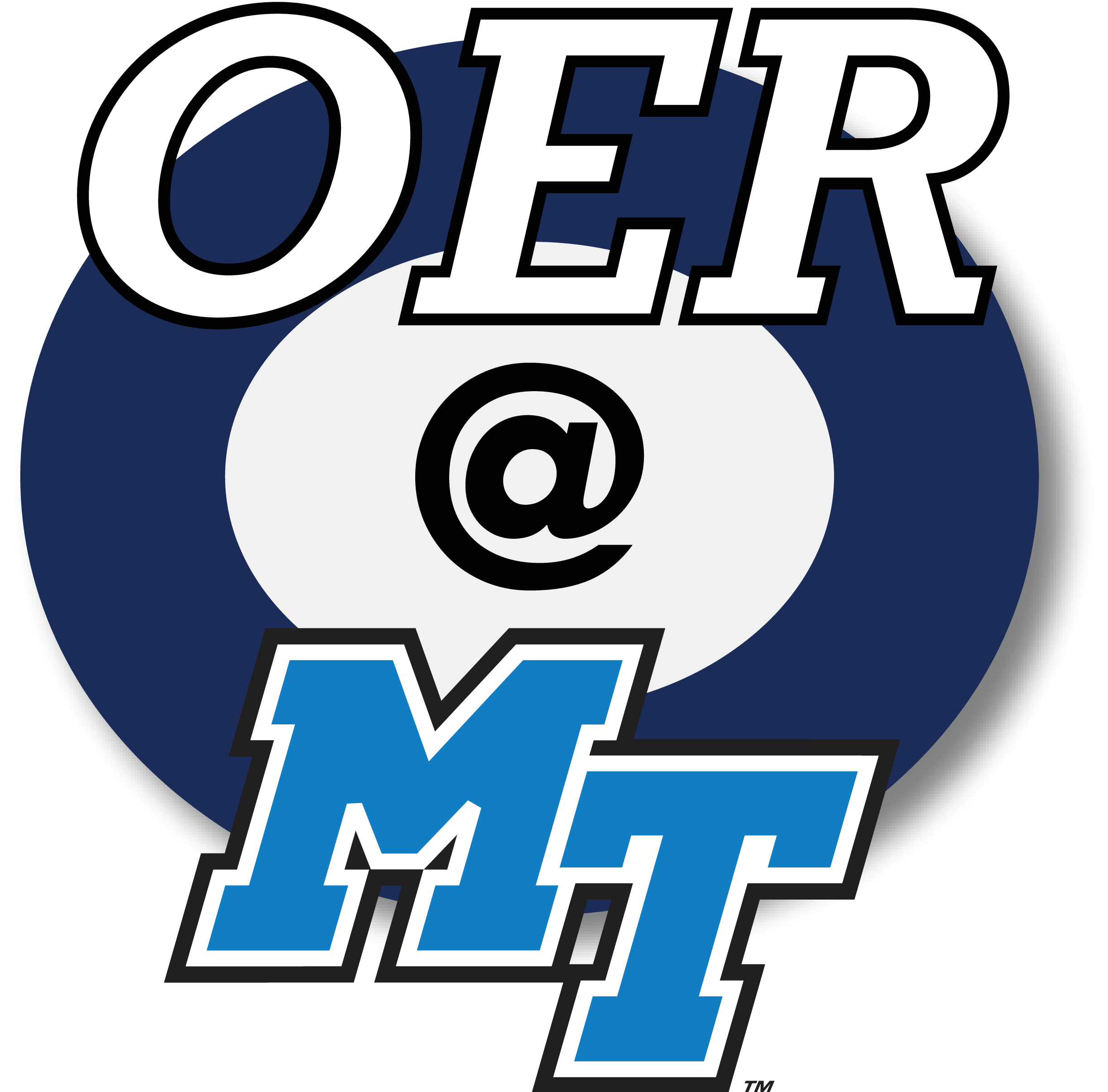Module 3: Information Literacy & Academic Writing
3.4 Scholarly Articles as Sources
This chapter goes deeper into explaining scholarly/peer-reviewed articles. It also provides tips for searching for scholarly/peer-reviewed sources.
Articles in scholarly journals are valued for several reasons. First, they are usually trustworthy because their publication process includes a peer review that helps ensure their accuracy and contribution to their disciplines. In addition, they often contain the first reports of new research, which makes their sections on methodology, data, analysis, and interpretation primary sources. Sometimes they instead consist of literature reviews and summaries of multiple research studies done in the past on particular subjects of current interest. That makes those articles very helpful secondary sources.
Peer-Reviewed Sources
The most-respected scholarly journals are peer-reviewed, which means that experts in their field other than the author and editor check out each article before it can be published. It’s their responsibility to help guarantee that new material is presented in the context of what is already known, that the methods the researcher used are the right ones, and that the article contributes to the field.
For those reasons, peer-reviewed articles are more likely to be credible. Peer-reviewed journal articles are the official scholarly record, which means that if it’s an important development in research, it will probably turn up in a journal article eventually.
Here’s a longer explanation of the peer review process, which concludes that it is good but not perfect.
Parts of a Scholarly Article
The articles you use for your assignments must also be relevant to your research question—not just credible. Reading specific parts of an article can help save you time as you decide whether an article is relevant.
Reading a scholarly article usually takes some effort. Here’s how to do it.
Activity: Parts of a Scholarly Article
Finding Scholarly Articles
Most scholarly articles are housed in specialized databases. Libraries (public, school, or company) often provide access to scholarly databases by paying a subscription fee for patrons. For instance, the James E. Walker Library at MTSU provides access to hundreds of databases via its A-Z Databases List that are made available free to people affiliated with the University. You can search for a journal title in these databases or view a list of databases by subject.
Databases that aren’t subject-specific are called general databases. Google Scholar is a free general scholarly database available to all who have access to the Internet and it provides some scholarly articles.
Attributions
This chapter is an adaptation of the Scholarly Articles as Sources chapter published in Choosing & Using Sources: A Guide to Academic Research by Teaching & Learning, Ohio State University Libraries, licensed under a Creative Commons Attribution 4.0 International License. Comments were added to introduce the text, and sections were edited to provide resources available to MTSU students.

